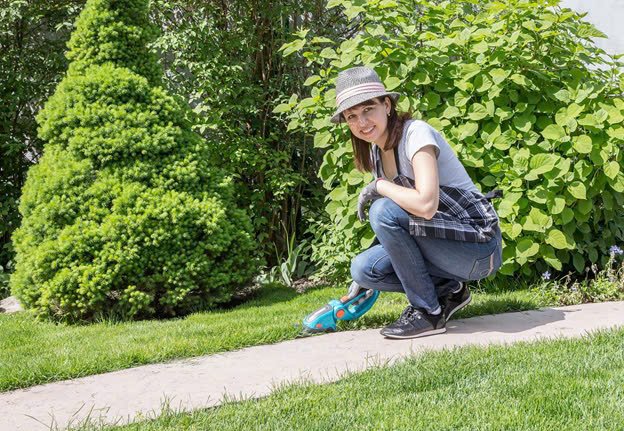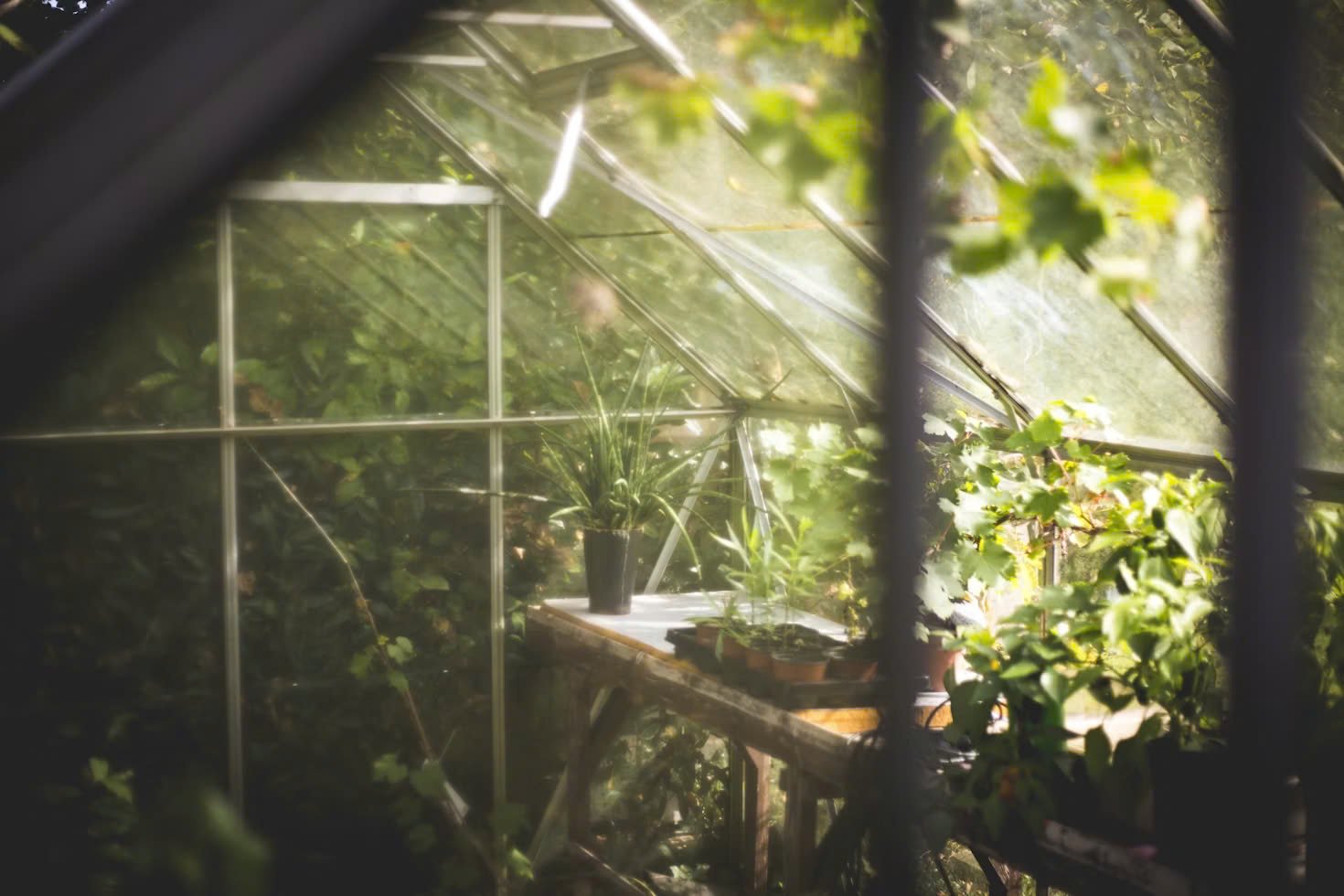A Seasonal Guide to Managing Your Garden
Keep your garden thriving year-round with this seasonal guide. Learn expert tips for planting, pruning, and maintaining your outdoor space in every season.
Are you new to gardening? Discover how to look after your outdoor space throughout the year. Spring and summer are the busiest months, but there are essential maintenance tasks to do in autumn and winter too. Follow this month-by-month guide and your garden will bloom bright every season.
Winter
Dark days and frequent frosts mean nothing much grows in winter, so this is a quiet time for gardeners. However, just because your garden is dormant it shouldn’t be totally neglected. Rake away fallen autumn leaves and use these as mulch for your beds and borders, and lift any fragile pots such as terracotta tubs inside to prevent them from cracking in cold weather.
During January and February, you should also take the time to do indoor gardening-related tasks such as cleaning your greenhouse, tidying your shed and browsing seed catalogues and gardening magazines for inspiration. You could also create a plan outlining your gardening tasks for the year to help you stay on track each month and stock up on tools you know you’ll need.
While you might not use your garden much in the winter, that doesn’t mean it can’t make an impact. Why not celebrate the many festive events of this season by featuring illuminated decorations in the space? Inspire joy by wrapping twinkling outdoor Christmas tree lights around bare trunks and branches and perch pumpkins on the doorstep during Halloween.
Spring
March brings showers, warmer temperatures and longer days, all of which create the conditions plants need to grow. During the month you’ll see your garden undergo a sudden revival with bulbs blooming, and trees and hedgerows coming into bud ready to blossom in April and May. For most gardeners, this will be the busiest time of the year.
With the soil free of frost and no danger of sub-zero temperatures on the horizon, this is the time to sow seeds for flowers, fruit and vegetables that will emerge in the summer. Remember to plan the look of beds and borders before planting for a cohesive design.
Early spring is also a great season to prioritise weeding. With other plants scarce, weeds are easier to find and remove. Additionally, you must mow your lawn before the grass grows too tall. The full list of gardening jobs for spring includes:
· Plant new herbaceous plants and shrubs
· Sow the seeds of hardy annuals
· Weed and add these to your compost bin
· Prune summer- and autumn-flowering plants
Summer
Summer is when your garden will look at its best, overflowing with blooming flowers and shrubs and a thick crop of leaves covering the trees and hedges. While there are maintenance tasks to keep track of, make sure you set aside plenty of time to relax outdoors and enjoy the beautiful space you’ve created in the sunshine!
Keep flowering plants looking their best with regular deadheading and feeding. Remember to watch out for long periods of dry, hot weather during which you’ll need to water the garden daily. Staying on top of weeds can be tricky as they will be concealed and grow quickly, but if you make an effort little and often the garden will continue to look neat and tidy all season.
Unfortunately, pests are likely to flourish alongside your plants and could damage your efforts. Look into methods of organic pest control such as encouraging animals that feed on slugs and snails, using sticky traps to ensnare whitefly and placing rabbit-proof fencing around produce.
Autumn
As the garden stops growing and plants begin to die back, this is a chance for you to get ahead for next year before temperatures get too low for gardening to be enjoyable. It’s a key planting season for spring and summer plants but you can also embed autumn flowering bulbs or perennials to extend the vibrant colours of your garden throughout the season.
Remember to mow the lawn in September before the ground gets too wet. Leave it too late and the leaves will have fallen and the rain will have started, and you’ll be stuck with tall, clumpy grass throughout the season.
Key gardening tasks for autumn include:
· Plant spring bulbs
· Plant winter flowers like pansies
· Plant bare-root shrubs and hedges
· Plant deciduous trees and climbers
· Bring tender plants indoors to avoid frost damage
· Start putting out water and food for wildlife
· Leave seedheads on plants for birds to eat





